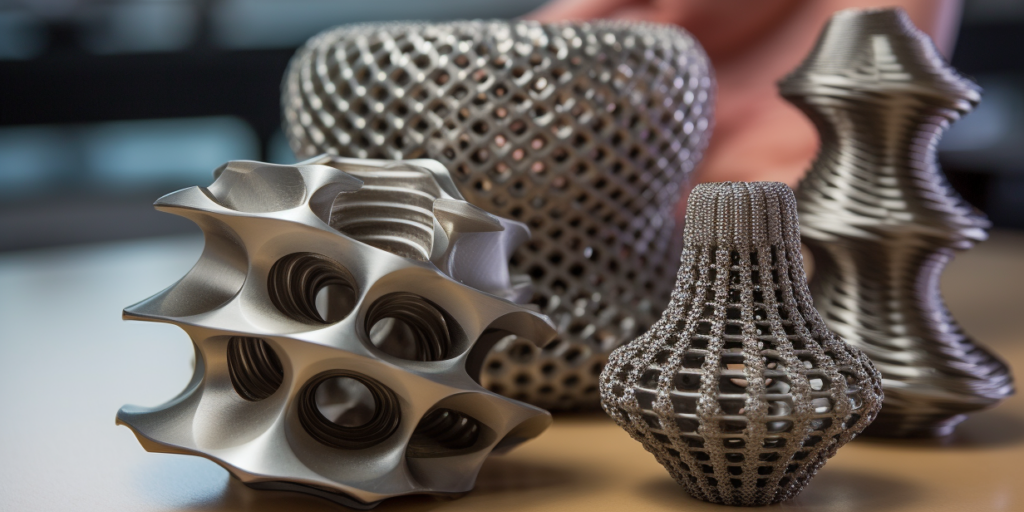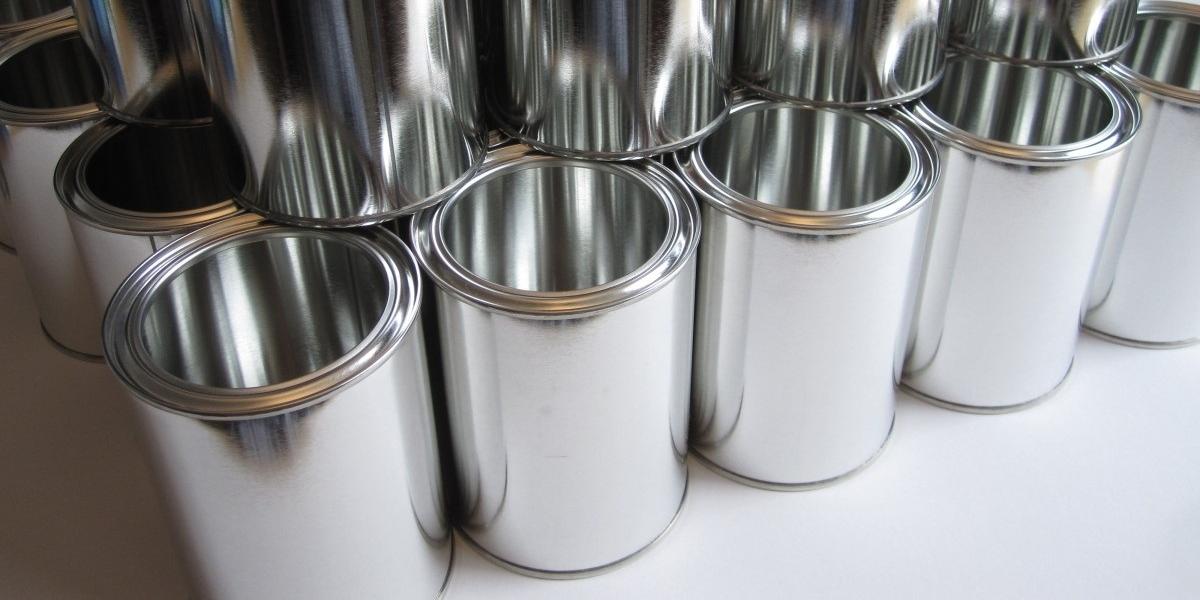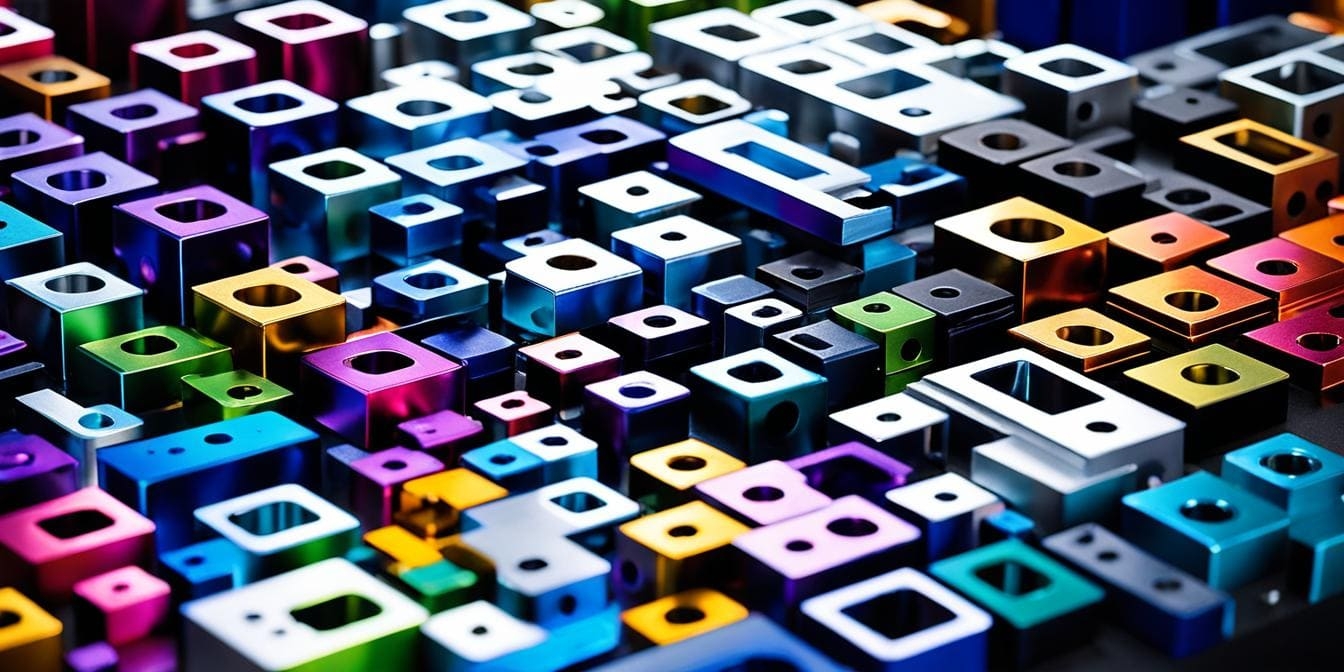Drone is a high-tech industrial product that is capable of a wide range of applications and features. Nevertheless, the production of drones is also extremely challenging, and manufacturers frequently encounter difficulties in selecting the appropriate materials for the various components of drones.
This article provides a concise overview of four materials that are frequently employed in the production of drones. We’ll examine the reasons for their suitability for drone manufacturing and the characteristics that an ideal drone material should possess.
Carbon Fiber Reinforced Polymer
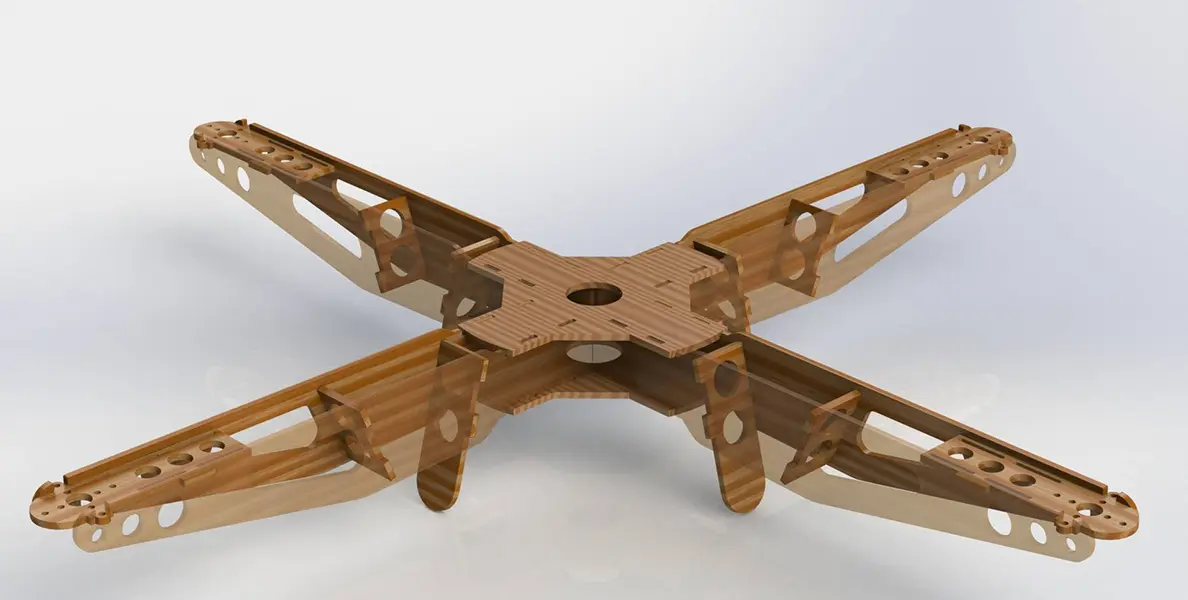
Carbon Fiber Reinforced Polymer (CFRP) is a composite material with exceptional performance, where carbon fibers serve as the reinforcing component and polymer resin acts as the primary matrix material.
| Attributions | CFRP |
| Density | 1.5-1.8 g/cm³ |
| Melting Point | No fixed melting point |
| Tg | 80°C-150°C |
| Thermal Conductivity | 20-100 W/m·K |
| Specific Strength | 100 MPa/(g/cm³) |
| Specific Stiffness | 10,000-20,000 MPa/(g/cm³) |
| Tensile Strength | 3.740-3.970 GPa |
| Fatigue Strength | 50-70% of the ultimate tensile strength |
Why is it suitable for drone manufacturing?
- Lightweight: CFRP is lighter than some traditional materials (such as most metals) and can effectively reduce a drone’s overall weight, which is critical to drones.
- Strength and stiffness: CFRP is a material with great strength. Its stiffness also enhances the structural integrity of drones, allowing them to retain their form and performance even when subjected to different loads and situations.
- Ease of processing: Carbon fiber and resin are both easy to process and versatile materials, so drone manufacturers can optimize the placement of carbon fiber in specific areas to maximize strength where it is needed, minimize weight where it is less important, and even use this to achieve customization.
- Corrosion resistance: CFRP remains stable in high-temperature environments and has outstanding corrosion resistance, as well as excellent fatigue resistance over long periods.
What kind of drone parts is it used for?
- Fuselage and frame
- Wings
- Rotors and propellers
- Landing gear
- Shells and other structural components
Aluminum Alloys for Drone Manufacturing
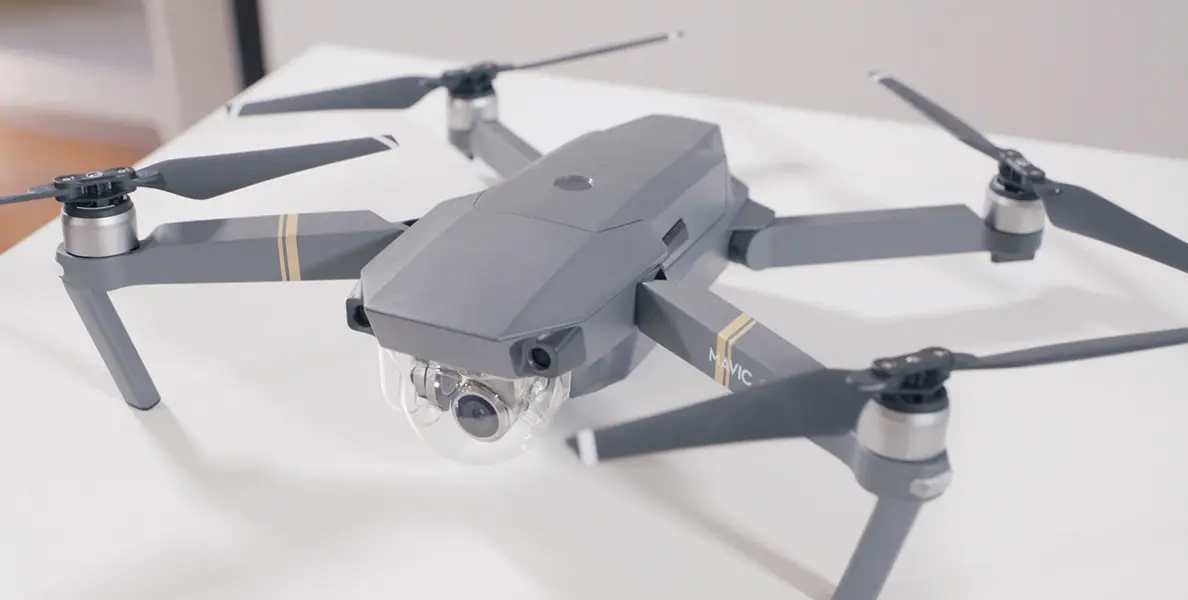
Aluminum alloy, a metal material, exhibits lightweight, high strength, good electrical and thermal conductivity, and excellent corrosion resistance when alloyed with other elements such as copper, zinc, manganese, silicon, and magnesium.
| Attributions | Aluminum Alloy |
| Density | 2.5-2.9 g/cm³ |
| Melting Point | approximately 660.32 °C (1220.58 °F). |
| Tg | Do not have a defined Tg |
| Thermal Conductivity | 100-220 W/(m·K) |
| Specific Strength | 150-300 MPa/(g/cm³) |
| Specific Stiffness | 10,000 to 20,000 MPa/(g/cm³) |
| Tensile Strength | 90-700 MPa, varies greatly by type |
| Fatigue Strength | 40-60% of the ultimate tensile strength |
Why is it suitable for drone manufacturing?
- Relative lightness: While Aluminum alloy is not as light as some special synthetic materials, its density is only 30 percent of steel.
- Strength: The strength of aluminum alloys approaches that of high-alloyed steel, and its stiffness exceeds that of conventional steel. It is also a material that strikes a satisfactory balance between strength and weight.
- Ductility and Fabricability: You can easily process aluminum alloys using techniques like extrusion, rolling, and welding, making them versatile for different UAV components.
- Numerous options: foam2024 aluminum alloy, 6061 aluminum alloy, 7075 aluminum alloy, and other common types are available for drone manufacturing, most of which are affordable.
What kind of drone parts is it used for?
- Fuselage and Wing Structures
- Landing Gear
- Control Surfaces
High-Density Foam
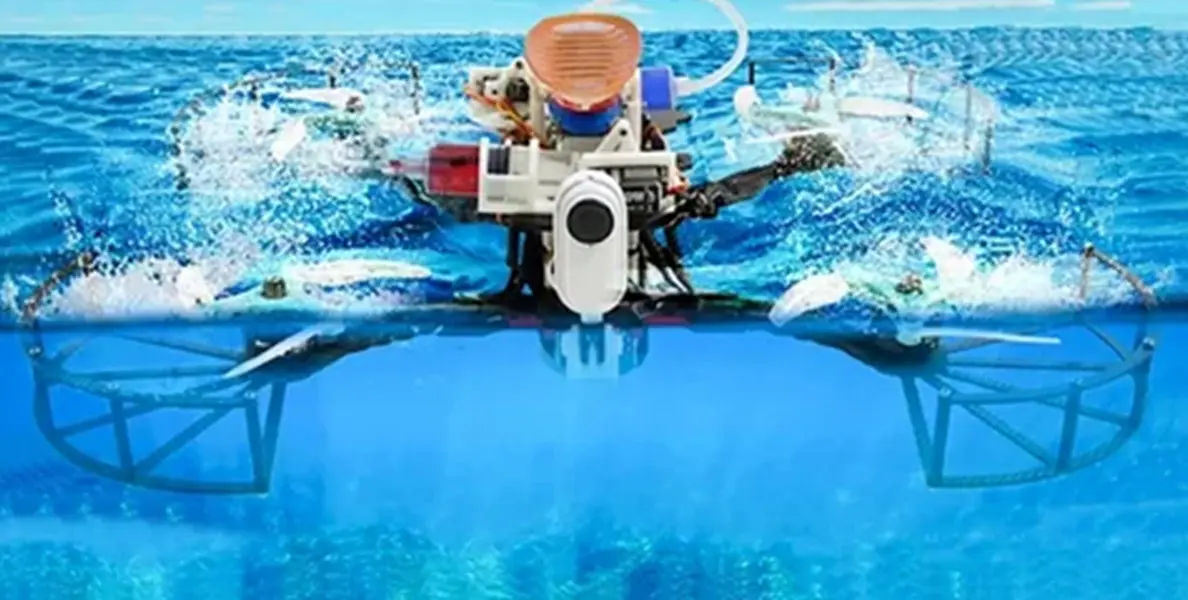
High-density foam is a type of foam material that achieves high density and hardness through a unique process of continuous extrusion foam molding. Applications that require high strength, high compressive properties, and good thermal insulation typically use this material.
| Attributions | High-Density Foam |
| Density | 30 to 300 kg/m³ |
| Melting Point | approximately 131.8 °C (269.24 °F) |
| Tg | Typically 60 °C to 80 °C |
| Thermal Conductivity | 0.20-0.54 W/(m·°C) |
| Specific Strength | 10-20 MPa/(g/cm³) |
| Specific Stiffness | Not universally defined |
| Tensile Strength | Around 20 to 37 MPa |
| Fatigue Strength | Not typically specified in standard terms |
Why is it suitable for drone manufacturing?
- Cost-Effectiveness: Foam is often more cost-effective than advanced composite materials for rapid prototype and initial manufacturing stages. This also makes high-density foams ideal for testing and pre-prototyping airframes with high material consumption.
- Ease of Processing: You can easily mold and shape high-density foam into desired shapes, simplifying the manufacturing process and reducing lead times.
- Waterproof: The internal structure of high-density foam is a completely closed-cell honeycomb structure, and the surface forms a uniform and flat rigid film. This makes it particularly waterproof, and it can still maintain its thermal insulation properties and compressive strength under water-soaked conditions.
What kind of drone parts is it used for?
- Airframe construction (including test patterns):
- Structural components(typically combined with other materials)
- Insulation and buoyancy parts (especially for amphibious drones)
Clear Polycarbonate
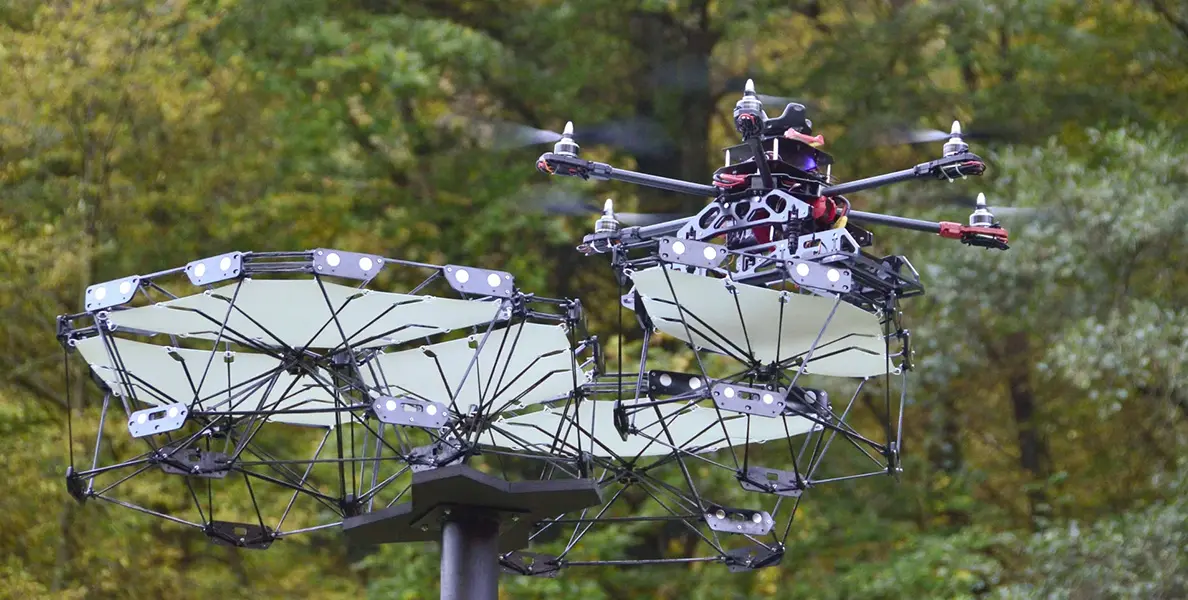
Polycarbonate is a highly transparent and impact-resistant thermoplastic resin produced by the reaction of bisphenol A (BPA) and diphenyl carbonate (DPC). Manufacturing widely uses this non-crystalline general-purpose engineering plastic.
| Attributions | Polycarbonate |
| Density | 1.20 to 1.22 g/cm³ |
| Melting Point | 288°C to 316°C (550°F to 600°F) |
| Tg | Approximately 147°C (297°F) |
| Thermal Conductivity | 0.19 to 0.22 W/(m·K)at room temperature |
| Specific Strength | Around 55 to 75 MPa |
| Specific Stiffness | 2.0 to 2.4 GPa |
| Tensile Strength | 55 to 75 MPa (8,000 to 10,000 psi) |
| Fatigue Strength | Not universally defined |
Why is it suitable for drone manufacturing?
- High Impact Resistance: Preventing accidental hits is essential in drone design and manufacturing. Polycarbonate products exhibit exceptional durability and are capable of withstanding the demanding conditions of aviation and possible crashes.
- Transparency: Drone reconnaissance and filming require the use of camera functions, so camera-related components are very important. Polycarbonate is a transparent material that allows for the integration of cameras and sensors without compromising visibility.
- UV resistance: Long-term exposure to ultraviolet (UV) rays exposes drones to treated polycarbonate material, which demonstrates exceptional resistance to UV radiation and resists rapid deterioration.
- Flexibility in design: The malleability of polycarbonate allows for the creation of intricate forms, facilitating the development of inventive designs for UAV components, including canopies, camera installations, and protective covers.
What kind of drone parts is it used for?
- Canopies and housings
- Camera mounts and other related parts
- Protective shields/covers
So what qualities should the ideal drone material have?
Combining these four materials, it is not difficult to summarize the specific material requirements for drone manufacturing:
- Excellent strength-to-weight ratio: Drones need to ensure both high strength and low weight of the airframe (and other components). Manufacturers choose drone materials, in part, to find a balance(or a maximum common denominator) between these two attributes.
- Combined resistance: The ideal drone material should be able to cope with a wide range of harsh environments and extremes, such as impact resistance, corrosion resistance, heat insulation, sound insulation, water resistance, and resistance to UV radiation.
- Cost-effectiveness:‘Dancing on two eggs’, ensuring product quality while keeping overall costs down is what drone manufacturers have to think about.
- Processing versatility: Drone parts frequently require a variety of different processing methods to meet the needs of use, so the requirements for easy material processing, product appearance, and functional diversity are also very strict.
- Sustainability: This remains important for drone material selection. No one wants to build or buy a drone that causes environmental pollution, safety hazards or violates regulations in their location.
But that’s nothing for drone manufacturing to worry about. The four materials mentioned in this article are not easy to degrade in the natural environment, but they are all easy to recycle (and no one wants to leave their drone in the wild without being able to recycle it).
Can XMAKE manufacture Great Drone Parts?
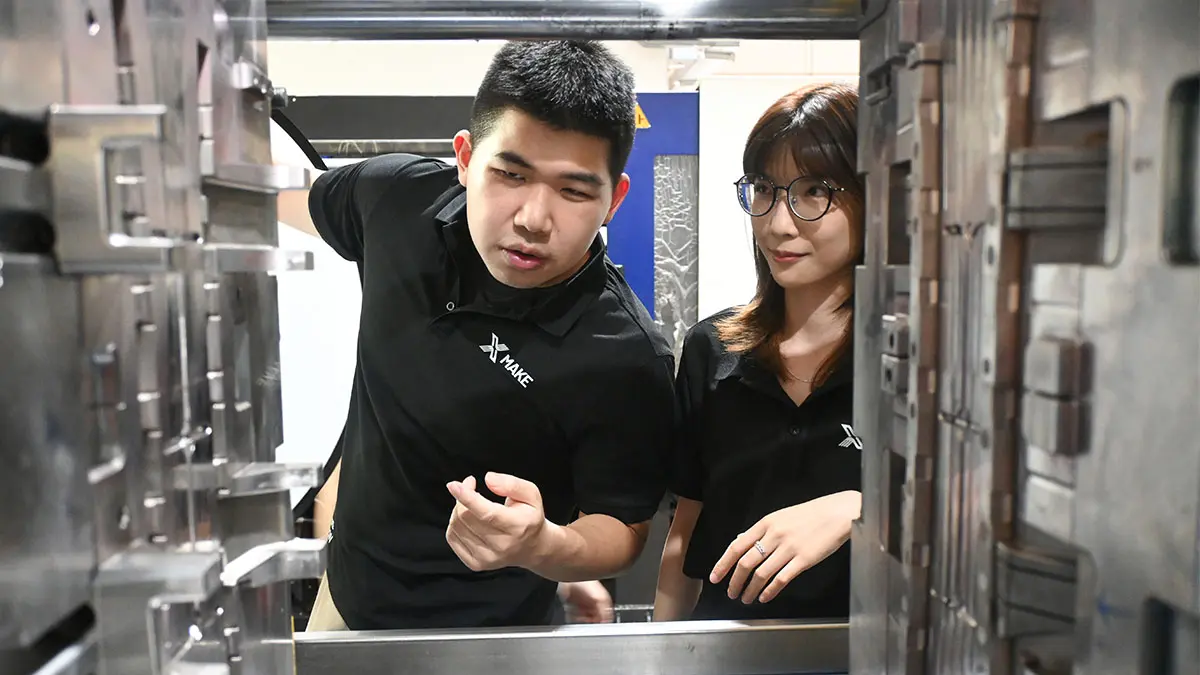
This question more or less underestimates XMAKE, the world’s leading digital manufacturing platform. We have a long-standing relationship with PDW and have manufactured a variety of drone parts for them.
This leading drone manufacturer in the US chose us because of our ability to work with a wide range of materials and produce parts that meet their tight tolerances!


